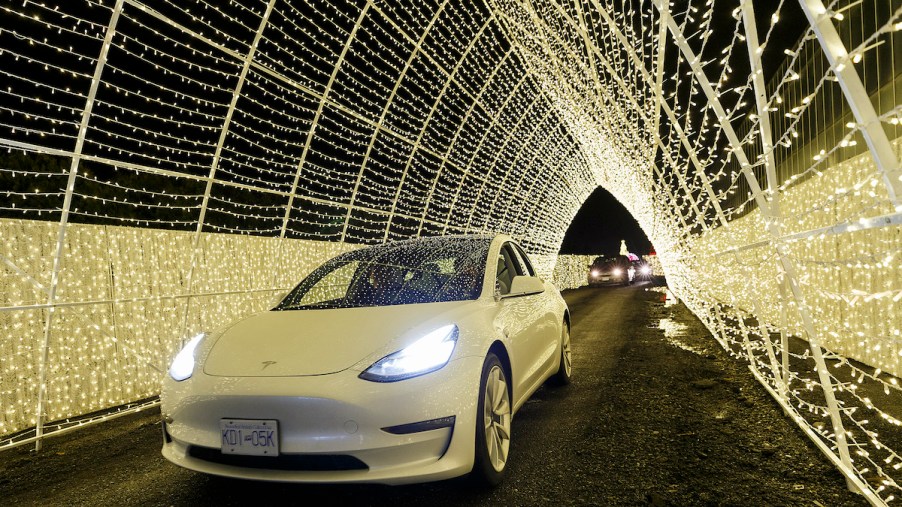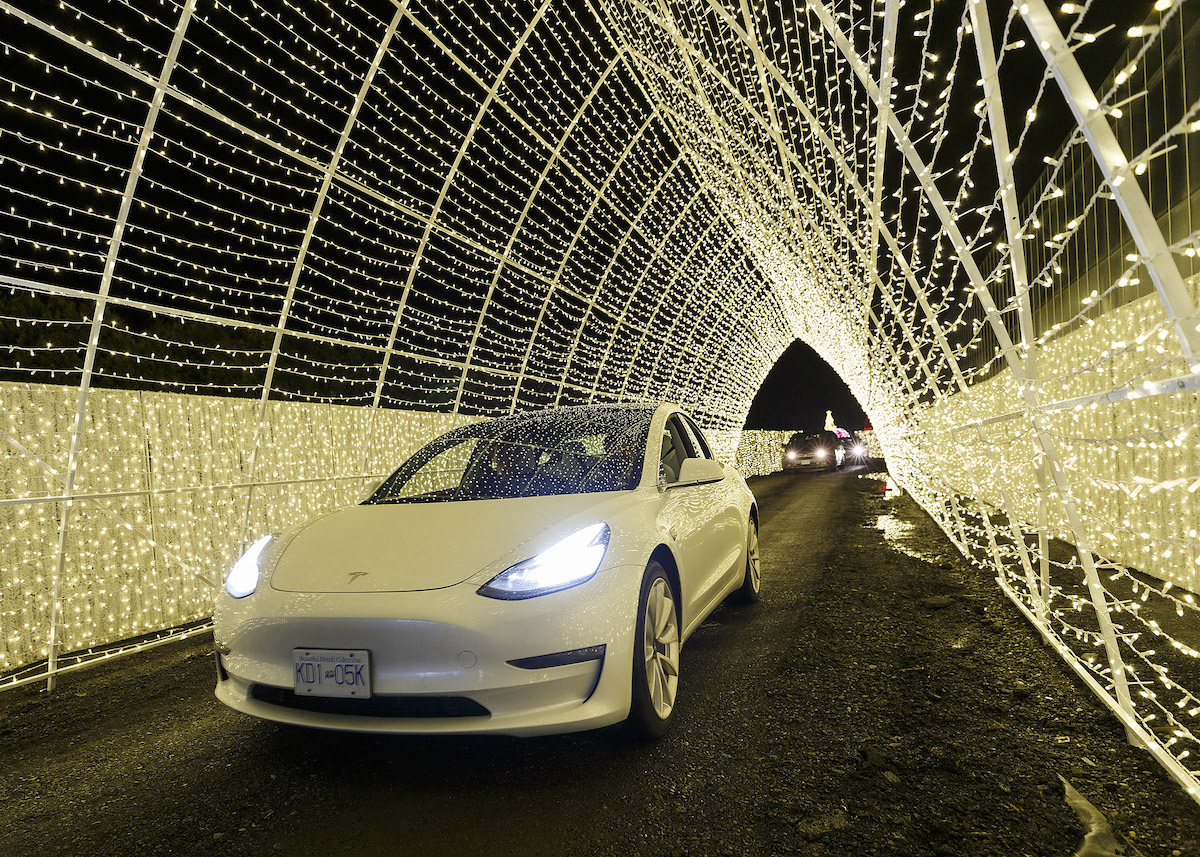
Here’s the Scientific Reason Why EVs Perform Worse in Cold Weather
Although an EV is more fuel-efficient than an internal combustion engine (ICE) car, each model has drawbacks that make potential customers pause. While fast charging speeds up the refueling process, filling a car with gas is still quicker. EV batteries can also be costly to replace, though most automakers offer extensive warranties on these components.
Drivers are also advised not to rely too heavily on their EV’s central heating system during the winter. Doing so drains the battery faster and affects the range, but do you know why that happens? Here’s a look at the scientific reason why EVs perform worse in cold weather than in warm temperatures.
How many miles of range will your EV lose in cold weather?

According to Recurrent, most EVs lose up to 12% of their estimated ranges in temperatures of 20° Fahrenheit and below. Even that’s a generous percentage because it assumes you’re not running the car’s A/C or using other heated elements.
In reality, most EVs will experience a 40% efficiency loss in cold weather. Freezing temperatures also affect an EV’s charging times, potentially increasing them by up to 300%.
Here’s why your EV’s range suffers in cold weather
Your EV probably has a lithium-ion battery composed of a graphic anode and a cobalt oxide cathode. When you start the car, the lithium ions travel through those components to create an electrochemical reaction. That powers the battery and allows the electric motor to start running.
However, Autoevolution reports that cold weather will slow the physical and chemical reactions inside the battery. Like any other car battery, the ones inside EVs can run at optimum efficiency only in warm temperatures. That also means you must keep your EV’s battery level higher in winter than in warmer seasons.
An EV is still the best car to drive in winter for several reasons
Fortunately, Axios tells us that not every EV undergoes extreme range loss in the winter. For example, the Tesla Model Y experiences only a 1% drop in efficiency in temperatures between 20° and 30°. Plenty of its rivals lost between 20% and 30% of their EPA-estimated range in the same conditions.
Although ICE cars don’t run on electricity, their batteries are still negatively affected when winter weather hits. A cold battery often takes more engine cranks to start than a warm one. If your battery becomes completely frozen, you won’t even be able to jump-start it safely.
Cold weather also causes your engine’s essential fluids to thicken, so it can’t run as efficiently. The car’s battery must work harder as a result, so it loses more power. Because EVs don’t need oil, they’re typically more reliable in cold weather.
There’s also a common misconception that idling your EV will drain the battery even faster in the winter. However, InsideHook says an idling EV loses only 6% to 8% of its estimated range every three hours. Even more impressive, the outside temperature was below 20° Fahrenheit for most of the test.
Whether you have an ICE car or an EV, parking it inside is the best way to prevent cold starts. If you have a home charging station for your EV, don’t forget to replenish the battery before you leave. Using your EV’s heated seats and steering wheel instead of the A/C will also mitigate range loss.
In addition, Consumer Reports says you should have an EV that gets over 200 miles of range. Though more range typically increases an EV’s purchase price, it could be a lifesaver in cold weather. The batteries inside hybrid cars are also resilient in below-freezing temps.


